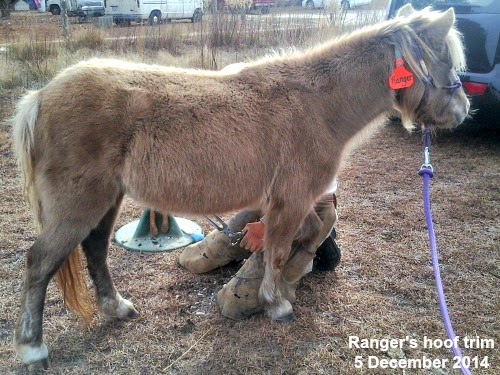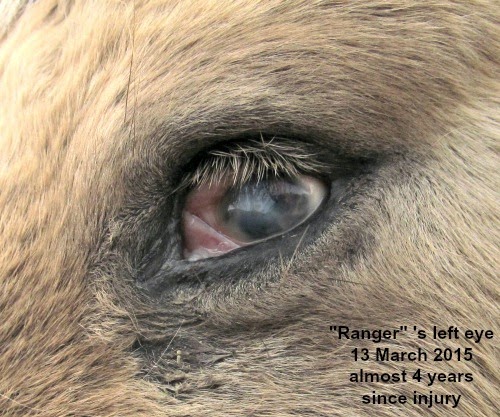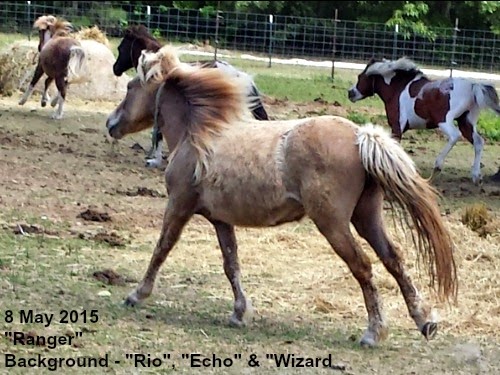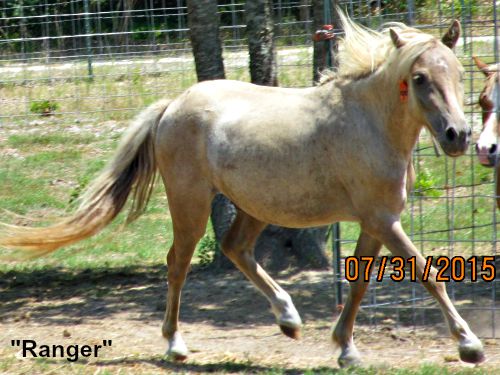NewToMini's
Well-Known Member
- Joined
- May 13, 2015
- Messages
- 269
- Reaction score
- 104
I got a bit for my riding horse today (French link full cheek snaffle). She currently won't take a bit (she does have a Dr cooks bitless) but this one looked perfect to teach her that bits are ok, since it's pretty mild (I think?). I am, however, concerned about the metal hitting her teeth and making her worse. I'm generally pretty good at bridling horses without hitting their teeth, but with nervous horses, I worry (my sister had a hard-to-bridle horse, and the one time I bridled him, when I took the bit out of his mouth, he freaked out and ended up biting down on the bit with it partially hanging from his mouth).
Wondering if I should get a rubber bit to start with, and then switch to the metal one...
Someone here gave me the advice to wrap a bit with sealtex to make it more comfortable, but I haven't been able to find it. Does TSC carry it, and what section would it be in? Is it labeled as sealtex on the package? And is self sticking gauze the same thing?
Here's a picture of the bit, because, why not? ?
I also got a new halter for the filly. Her name's Princess, so I got her princess pink


Wondering if I should get a rubber bit to start with, and then switch to the metal one...
Someone here gave me the advice to wrap a bit with sealtex to make it more comfortable, but I haven't been able to find it. Does TSC carry it, and what section would it be in? Is it labeled as sealtex on the package? And is self sticking gauze the same thing?
Here's a picture of the bit, because, why not? ?
I also got a new halter for the filly. Her name's Princess, so I got her princess pink










